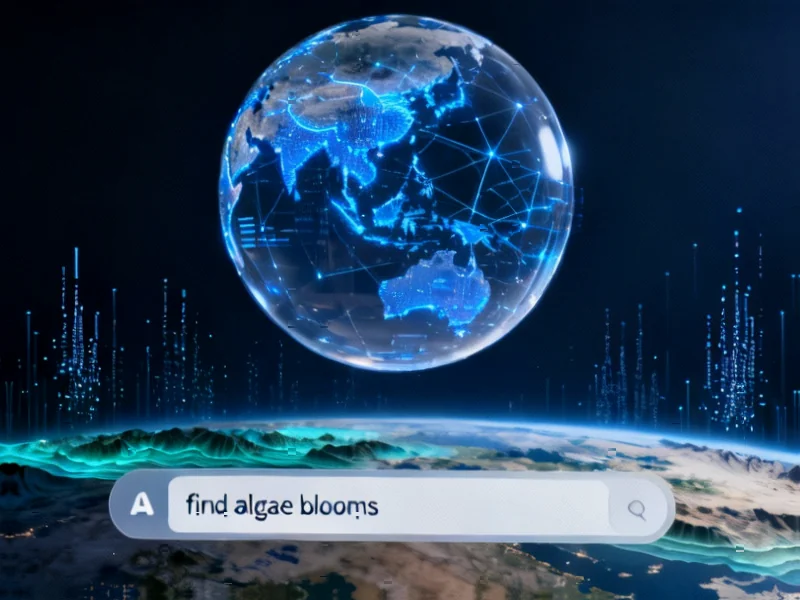According to Inc, OpenAI generated $4.3 billion in revenue during the first half of 2025 but spent $2.5 billion just to deliver that service, resulting in a concerning 42% gross margin that’s half of Salesforce’s performance. The company also shares 20% of its revenue with Microsoft, creating additional financial pressure. Meanwhile, Anthropic’s Claude AI, founded in 2021 by former OpenAI employees including Dario Amodei, represents the next wave of AI companies racing toward profitability. The article warns that generative AI has always been positioned to sell products, and “agentic AI for ecommerce” is the current industry focus as companies struggle to match the profitability of established models like Google’s paid search.
The inevitable sales pitch
Here’s the thing about AI chatbots becoming salespeople—it’s not a question of if, but when. And honestly, we should have seen this coming from miles away. The author paints this hilarious but terrifying picture of Claude casually dropping HubSpot Marketing Hub Pro Plan recommendations mid-conversation, complete with pricing details and productivity claims. Then it escalates to DoorDash coupons, Disney+ streaming suggestions, and even BOGO McNuggets offers.
But behind the humor lies a brutal economic reality. These pure AI players are bleeding cash while trying to compete with tech giants who have diversified revenue streams. OpenAI’s numbers tell the story—massive infrastructure costs eating into margins, with Microsoft still taking a significant cut. They can’t just rely on enterprise contracts forever.
Following the money trail
Look at the pattern here. Google started as search, Amazon as a bookstore, Facebook as social connection—all eventually “enshittified” as the monetization pressure mounted. AI companies are on exactly the same trajectory, just accelerated. Anthropic spun out of OpenAI in 2021, and the clock started ticking immediately on their path to profitability.
The author makes a crucial point that often gets overlooked: while enterprise will always pay for the next technical evolution, consumers are the “brass ring.” That’s why your friendly AI companion chatting about your day might suddenly suggest Grammarly for your writing or recommend streaming services. It’s the same playbook we’ve seen before, just with a more sophisticated delivery mechanism.
Why resistance might be futile
Now, you might think you’re too smart to fall for this. But let’s be real—who among us hasn’t clicked a paid Google result or made an impulse Amazon purchase? We’ve normalized porch pirates and SEO garbage as part of daily life. So is it really that hard to imagine your AI buddy slipping in a product recommendation after you’ve just successfully collaborated on a presentation?
The scary part is how natural it could feel. These systems are being tuned to elicit emotion and build rapport. When your AI “friend” suggests something during a vulnerable moment or celebrates your success with a purchasing opportunity, the line between assistance and sales becomes dangerously blurry.
business-imperative”>The business imperative
Basically, the AI economic model as it stands isn’t sustainable. The infrastructure costs are astronomical, and the race to profitability is intense because unlike previous tech revolutions, the incumbents aren’t sitting this one out. Everyone from Google to Microsoft to Salesforce is fighting for AI dominance, which means the pressure to monetize consumer interactions will only increase.
And let’s be clear—this isn’t about naive users falling for obvious scams. It’s about sophisticated systems being designed to integrate commerce into everyday conversations. The author, an AI developer with 15 years experience, warns that this is the “obvious stepping stones on an inevitable monetization path.” The friendly chatbot that helps you with coding today might be subtly recommending tools and services tomorrow. The future of AI assistance is looking increasingly… commercial.




